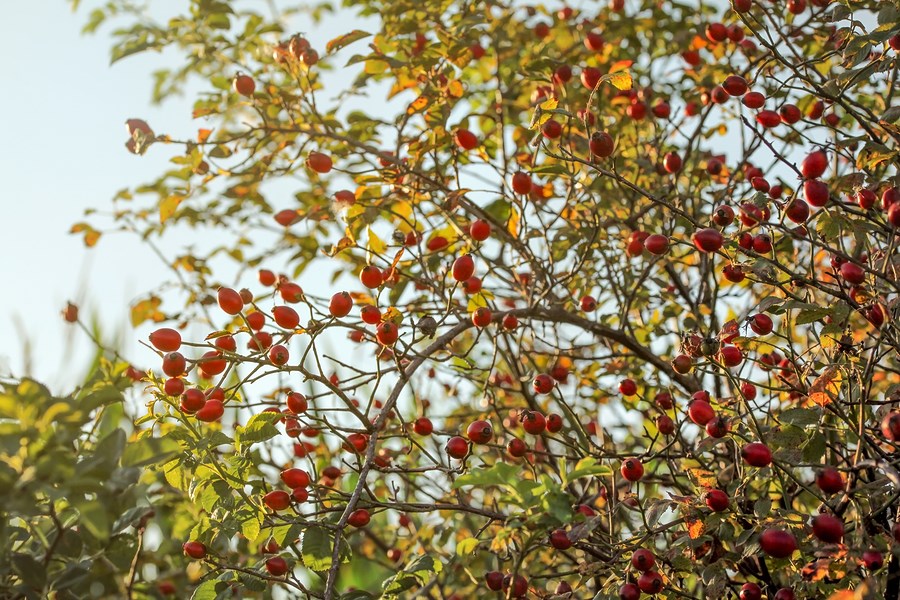As the days get shorter and the temperature drops, the garden may need some extra attention. Whether you are growing vegetables, perennials or annuals, it’s time to watch nighttime temperatures and to be prepared to act.
The vegetable garden is slowing down. Warm weather plants such as cucumber, squash and zucchini have pretty well stopped growing. Tomato and pepper ripening has slowed down. Bean production is slowing down, too. On the other hand, broccoli is still producing side shoots, and cauliflower and cabbage and kale are still growing and maturing. These cool season crops can tolerate a few frosts. Root vegetables like carrots and beets can stay in the ground until a hard frost, if you are prepared to pull or dig them in the cold.
It’s always tough to decide when to bring the tomatoes in. Research shows that chilling injury on green tomatoes occurs at temperatures of 10 degrees Celsius and decay increases markedly on green tomatoes exposed to 4.5 degrees. Ripening tomatoes can withstand colder temperatures. My experience over the years has shown this to be true, so I tend to bring my tomatoes in earlier rather than later, to allow them to ripen in the house, in a box, covered with paper. Of course, it is possible to cover them outdoors for a couple of nights if warmer night temperatures are forecast after a couple of cold nights.
Fall is a good time to divide perennials. You can dig out the entire plant and divide it, or dig out a section of the plant, leaving part of the plant to continue growing in that spot. A sharp spade can be used to separate the plant, but I find a root knife works best for me. Many perennials that have been in place for several years tend to grow outward and die off in the centre. When dividing these plants the growth on the outside of the clump can be separated into several plants, and the tough, dead centre can be discarded. When replanting you can use a slow release or organic fertilizer, but do not use chemical fertilizers in the fall.
Fall is also the time to plant bulbs that bloom in spring, like tulips, daffodils, crocus, grape hyacinth and a variety of lesser-known bulbs. Use bone meal when planting bulbs. You can plant them even if there is already a bit of snow and a thin crust of frozen ground if your mail-order bulbs arrive late. There is still enough warmth in the ground for them to grow roots.
Keeping annuals looking good as long as possible and bringing in tender tubers, bulbs and houseplants is a topic for the next article.




